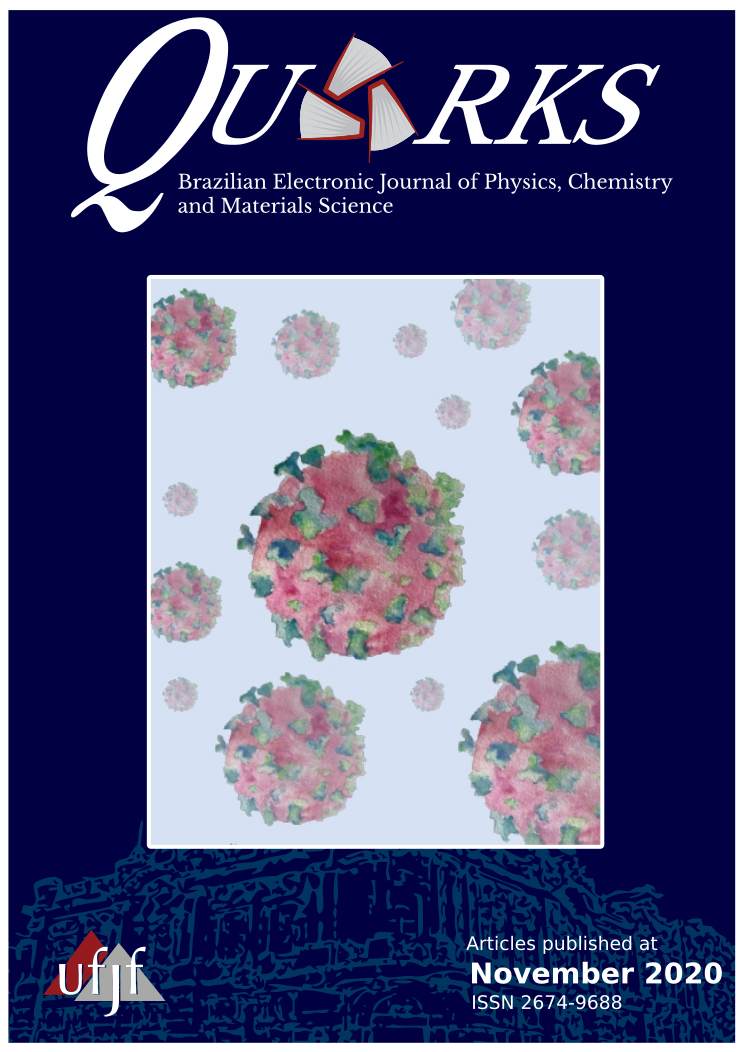On the influence of low silica content on phosphates glasses doped with Erbium Ions
DOI:
https://doi.org/10.34019/2674-9688.2020.v3.30205Palabras clave:
Glass, Erbium, Judd-Ofelt Parameters, LuminescenceResumen
This work describes the spectroscopic characterization of a phosphate glass matrix doped with different Erbium concentrations. In order to increase the resistance of the glass, 3 mol %, of silicon oxide were added to the phosphate matrix. A study of the optical absorption, luminescence and lifetime was conducted in order to characterize the infrared emission of Er3+ ions at 1540 nm, due to the radiative transition 4I13/2 →4I15/2. Judd-Ofelt spectral analysis was carried out to determine the local structure and bonding in the vicinity of rare-earth ions. The experimental oscillator strengths calculated from the absorption spectra were used to evaluate the Judd-Ofelt intensity parameters Ωλ (λ = 2, 4 and 6). Changes in the glass density, refractive index and the values of Ω4 and Ω6 with different rare-earth concentrations are ascribed to changes in the glass network structure. Our results indicate that the present glass is a quite good matrix for Erbium ions, and the quantum efficiency of the 1540 nm emission was high. No quenching mechanisms were detected up to 2% of Erbium concentration.


